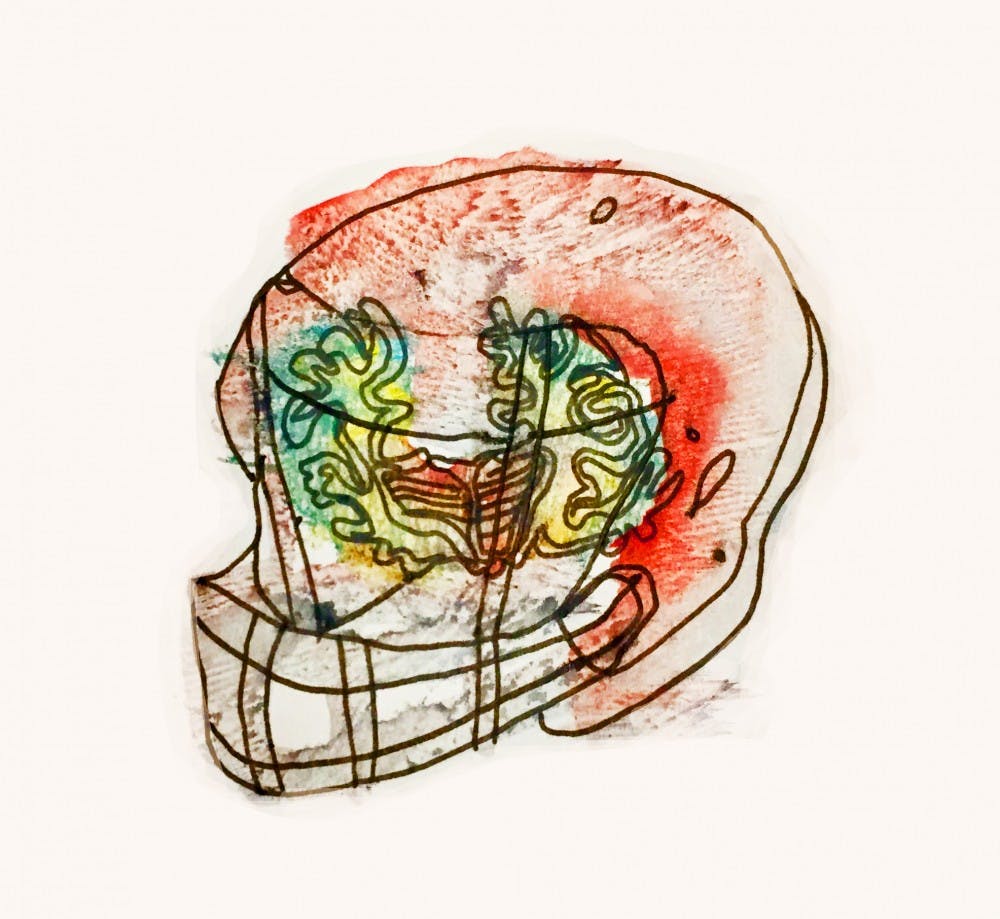Last week, researchers at Illinois’ NorthShore University HealthSystem reported a breakthrough in concussion research: chronic traumatic encephalopathy, commonly known to football’s fans and critics alike as C.T.E., has been discovered in a living person for the first time.
The team’s research from four years ago indicated that higher presences of a protein called tau might precede C.T.E., but they could not confirm their findings until last week, when one of the participants passed away and was found to have the disease. The individual in question was Fred McNeill, who spent 12 years in the NFL and a decade playing football before that. Simply put, we no longer need to wait until a former player has died to determine whether or not playing professional football has caused irreversible damage to their brain.
We have previously discussed the New York Times report "111 N.F.L. Brains. All But One Had C.T.E.” The mammoth story certainly increased public awareness of the effects of the disease, but the study it referenced centered on the brains of deceased players. Up to this point, C.T.E. has always been detected in individuals following their death and long after they ever could have received the treatment needed for brain injuries of such magnitude.
NorthShore’s work has the potential to shift the conversation on football and C.T.E. in a number of ways. The discovery is a critical first step toward being able to monitor C.T.E. in real-time, a possibility that would make it all but impossible for NFL teams to circumvent concussion protocol procedures. The less retroactive these diagnoses become, the sooner players suffering from the disease can get the help they need in dealing with symptoms like depression, impulsive behavior and memory loss. The findings might also spark a much needed interest in the NFL’s audience; viewers will find it more difficult to distance C.T.E. from the sport as the causal relationship becomes clearer.
While the likelihood of experiencing C.T.E. after retirement depends on a host of factors, the condition seems to be increasingly noticeable, on aggregate, and dozens of former players have expressed concerns that their own brain trauma may have gone undiagnosed. It would be asinine to claim that C.T.E. alone caused Junior Seau to commit suicide or Aaron Hernandez to kill Odin Lloyd and later take his own life in prison. Still, the fact that these events and others might trace ever so slightly to the brain trauma that accompanied their careers warrants far more research than is currently being conducted.
In 50 years, we may be able to monitor C.T.E. in real-time, scanning players’ brains before they begin the next week of practice to determine whether or not they need a temporary or permanent break from football.
To some, like this board, this would still be a Band-Aid solution to a problem that will likely persist until it is met with a change in culture. Mankind would probably be better off had we not developed a sport in which people collide head-on with each other at 20 miles an hour on purpose, but for now, we should do what we can to mitigate its most severe effects.



